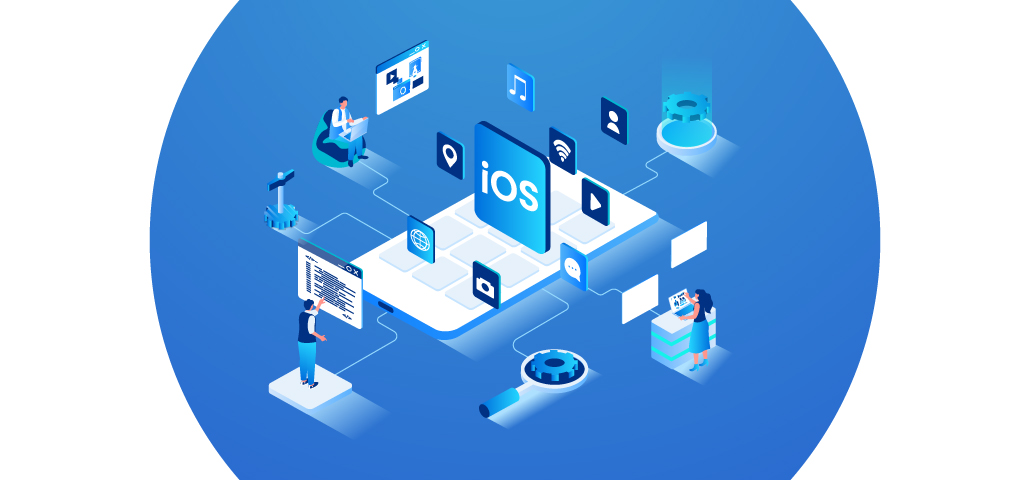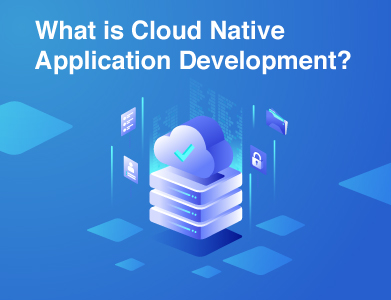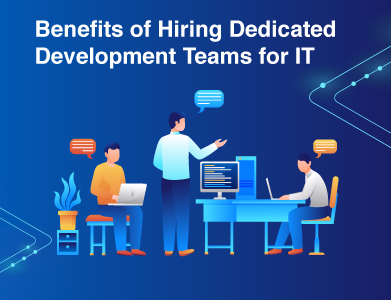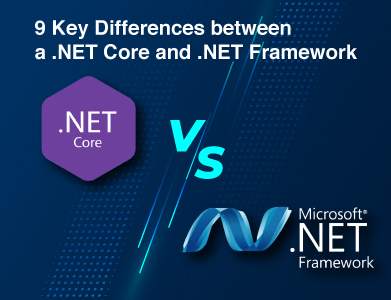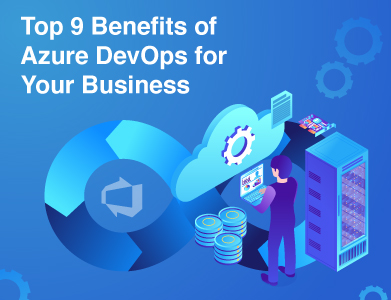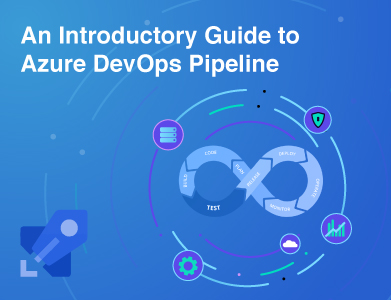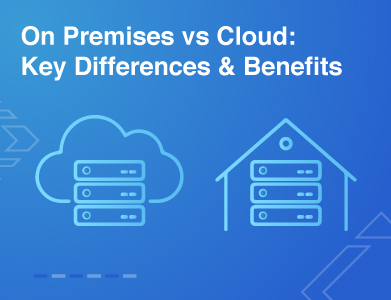Expertise
When companies consider building an iPhone app, one of the first questions is also the most obvious: How much is this going to cost? And like most things in technology, the answer depends. It varies based on scope, complexity, and strategic priorities.
While iOS powers approximately 28% of the global mobile operating system market, it accounts for nearly 65% of total app revenue worldwide. For businesses aiming to reach high-value users, especially in regions like North America, the iPhone remains a strategic priority.
Whether you're creating a new product or building an internal tool, understanding the real cost of iOS app development helps you budget wisely and reduce long-term risk in a strategically well-planned way.
There Is No One-Size-Fits-All Price
The cost to develop an iOS app can range from $20,000 to more than $250,000, depending on what you're building.
A basic utility app with a few screens and minimal backend logic may land in the lower range. A feature-rich platform with user authentication, payment flows, and admin dashboards will cost significantly more.
Key Factors Influencing iOS App Development Cost
- Number and complexity of features
- Custom UI and design requirements
- API and backend integration
- Level of data security and scalability
- Post-launch support and maintenance
App Complexity and Feature Depth
Apps vary in ambition. Some offer a single function with clean navigation. Others become full-scale digital products with backend logic, real-time updates, and multi-user systems. Complexity doesn’t just affect time, but shapes testing, architecture, and long-term maintenance.
| Build Type | Typical Cost Range |
|---|---|
| Basic | $20,000 – $40,000 |
| Standard Functional | $40,000 – $90,000 |
| Scalable Business App | $75,000 – $150,000 |
| Enterprise-Grade | $100,000 – $250,000+ |
- Basic apps typically include static screens, simple form capture, and offline functionality.
- Standard functional apps add features like user login, cloud data sync, a basic database, and an admin panel.
- Scalable business apps often include real-time updates, secure authentication, push notifications, and data dashboards.
- Enterprise-grade apps support multi-user roles, advanced analytics, reporting modules, third-party API integration, and offline capabilities.
Design and User Experience
A well-designed app is easier to use and more likely to retain users. But quality design takes time—from wireframes to motion testing. If you're building a user-first brand, this isn’t a phase to shortcut.
| Design Scope | Cost Influence |
|---|---|
| Minimal Interface | Low |
| Custom UI/UX | Medium |
| Advanced Interaction | High |
- Minimal UI relies on standard layouts and basic interactions.
- Custom UI/UX includes branded flows, detailed wireframes, and accessibility design.
- Advanced design may use animations, transitions, or gesture-based navigation for immersive experiences.
Development Team Location and Model
Location impacts cost, but it also affects communication, time zones, and alignment. Enterprise-grade products often need round-the-clock support or hybrid teams to balance cost and quality.
| Team Location | Hourly Rate Estimate |
|---|---|
| US / Canada | $120 – $200/hr |
| Western Europe | $80 – $150/hr |
| Eastern Europe | $50 – $90/hr |
| India / Southeast Asia | $25 – $70/hr |
Where your developers are based affects hourly rates and engagement models:
- North American teams typically offer high-touch collaboration, deeper product thinking, and faster response times.
- Western European developers bring strong technical expertise and cultural alignment, often at slightly lower costs.
- Eastern European teams balance engineering quality with cost-efficiency, making them a popular nearshore choice.
- South Asian teams offer scalable bandwidth at competitive rates, especially suited for longer-term product builds.
Also read: How Much Does It Cost to Hire an App Developer?
Team Size and Structure
The team size you hire will determine pace and productivity. A two-person team may be enough for an MVP. A structured squad accelerates launch but increases coordination cost.
| Team Structure | Use Case |
|---|---|
| Solo / Freelance | MVPs, prototypes, internal tools |
| Small Core Team | Early-stage products, feature testing |
| Cross-functional Squad | Full-featured app builds |
| Dedicated Offshore Team | Cost-efficient scaling and delivery |
The makeup of your development team also plays a role in both cost and speed:
- Freelancers or solo developers handle focused builds well, especially for early validation or internal use cases for building MVPs.
- Small core teams bring in a mix of skills, usually a developer, designer, and PM to build faster without bloated overhead.
- Cross-functional squads include dedicated roles across design, development, QA, and product, enabling high velocity with quality control.
- Dedicated Offshore delivery teams provide scalable development capacity while keeping costs predictable for complex, ongoing work.
iOS App Launch and Distribution
The app may be ready technically, but launch includes everything from metadata to privacy compliance. Expect hidden prep costs.
| Launch Activity | Cost Consideration |
|---|---|
| App Store Setup | $2,000 – $5,000 |
| App Review Preparation | Variable |
| Analytics & Crash Setup | $1,000 – $3,000 |
- App Store setup requires privacy compliance, screenshots, copywriting, and technical readiness for Apple’s review process.
- App review preparation includes polishing UX, meeting submission guidelines, and planning for potential rejection loops.
- Analytics and crash monitoring setup ensure you can track adoption, performance, and any issues after launch day.
Ongoing Maintenance and Support
Even the best apps need updates. Apple releases annual OS upgrades, user needs evolve, and bugs surface.
| Support Type | Annual Budget Range |
|---|---|
| Version Updates | 15% – 20% of original budget |
| Feature Enhancements | Scope-dependent |
| Crash Monitoring / QA | $5,000 – $15,000 |
- Version updates ensure compatibility with new iOS releases and device models every year.
- Ongoing bug fixes and performance tuning keep the app smooth and stable as usage grows.
- Feature enhancements add value over time, often driven by user feedback, analytics, or strategic product direction.
App Purpose and Category
The app's business goal influences budget just as much as its functionality. Consumer-facing apps often prioritize UI and retention. Enterprise tools often require permissions, audit logs, and deeper integration.
| App Category | Estimated Budget Range |
|---|---|
| Internal Business Tool | $30,000 – $60,000 |
| E-commerce App | $70,000 – $140,000 |
| Fintech App | $100,000 – $200,000 |
| Health & Wellness App | $90,000 – $180,000 |
- Internal business tools are usually built for speed and function, often skipping advanced UI in favor of streamlined workflows.
- E-commerce apps combine user accounts, product catalogs, secure checkout flows, and order tracking, requiring deep backend integration.
- Fintech apps emphasize data security, encryption, real-time updates, and compliance with regulations like KYC or PSD2.
- Health and wellness apps may include wearable integrations, session tracking, personal data privacy controls, and scheduling features.
Cost Breakdown by Development Phases
Each stage of development adds value but also cost. Understanding the role of each phase helps you prioritize scope and identify where delays or overspending are most likely.
| Phase | Focus Area | Estimated Budget Allocation |
|---|---|---|
| Discovery & Planning | Requirements gathering, feature prioritization, feasibility mapping | 10% – 15% |
| Design | UI mockups, UX flows, prototyping, brand alignment | 15% – 20% |
| Development | Code implementation (frontend, backend, API integrations) | 40% – 50% |
| QA & Testing | Manual/automated testing, bug fixing, usability validation | 10% – 15% |
| Deployment & Launch | App Store prep, metadata, monitoring setup | 5% – 10% |
- Discovery and Planning This is where you define the 'why' behind your app. It includes workshops, requirement gathering, feasibility assessments, and goal alignment.
- Design In this phase, wireframes and high-fidelity designs are created to ensure the user experience is intuitive and on-brand.
- Development The actual coding happens here such as front-end development, back-end development and API integrations all tailored to your business logic.
- Testing and QA Ensures the app is stable, secure, and usable across various devices. Involves manual and automated testing, bug fixing, and usability validation.
- Deployment and Launch The app is submitted to the App Store, metadata is added, and monitoring tools are configured.
Hidden Costs in iOS App Development
Some costs don’t appear in initial quotes, but they show up later. These hidden costs can be technical, compliance-related, or marketing-driven and can materially affect ROI.
| Hidden Cost | Where It Shows Up | Cost Impact |
|---|---|---|
| App Store Delays | Rejections, repeated reviews, guideline compliance | Time & dev cost |
| Third-party Licenses | Maps, analytics, payment processors | $50 – $500/month |
| Legal and Compliance | Privacy policies, GDPR, HIPAA reviews | $1,000 – $5,000+ |
| Cloud & Hosting | Media storage, database backups, CDN | $500 – $2,000/year |
| Marketing Readiness | Landing pages, ASO, pre-launch buzz | $3,000 – $15,000 |
Even well-scoped projects can encounter costs that weren’t visible upfront. These often stem from external dependencies or regulatory nuances.
- App Store Resubmissions Rejections or guideline changes can cause timeline delays and require last-minute fixes.
- Third-party Licenses Services like map APIs, analytics platforms, and payment gateways often involve recurring fees.
- Legal Compliance Privacy policies, terms and conditions, and GDPR or HIPAA adherence may involve legal review.
- Infrastructure Hosting, data storage, and content delivery costs scale with app usage.
- Marketing and ASO Preparing for launch include assets like landing pages, video previews, and search optimization.
iOS vs Android Cost Drivers: A Practical Comparison
Comparing platforms isn’t just about design preferences—it’s about timelines, QA cycles, and long-term support commitments.
| Factor | iOS | Android |
|---|---|---|
| Devices to Support | Limited, standardized (mostly iPhones) | Diverse, across brands and resolutions |
| Testing Complexity | Low | High due to fragmentation |
| Time to Market | Typically, faster (less QA variance) | Longer testing and optimization cycles |
| Development Time | More predictable due to Apple’s ecosystem | Device variability extends dev/test timelines |
| Store Fees | $99/year | $25 one-time |
The underlying platform impacts both timeline and budget. Here's how the two compare:
- Device Support iOS requires testing on a small, controlled set of devices. Android spans a much broader range of screen sizes, brands, and hardware.
- Testing Load Fewer devices in the iOS ecosystem make testing faster. Android’s fragmentation demands more effort.
- Time to Market iOS apps usually move through QA and launch faster, assuming App Store review goes smoothly.
- Development Predictability iOS is more uniform across devices, making estimates more reliable. Android can introduce unexpected complexity.
- Platform Fees Apple charges an annual developer fee, while Google has a one-time cost to publish apps
Platform Strategy Considerations
Beyond the immediate cost, iOS and Android offer different strategic advantages depending on your business goals.
| Consideration | iOS Platform | Android Platform |
|---|---|---|
| Revenue Potential | Higher ARPU, strong in-app monetization | Larger volume, lower per-user revenue |
| Update Adoption | Fast (most users on latest OS) | Slower, longer legacy support required |
| Security Framework | Enforced by Apple, tight review standards | Varies by device and OS version |
| Design Consistency | Uniform UI experience | Must accommodate OEM-specific customizations |
| Enterprise Adoption | High in finance, health, and B2B tools | Common in logistics, education, emerging markets |
Cost alone shouldn’t decide your platform. Business model, user expectations, and market position also matter.
- Revenue Models iOS users tend to spend more on apps and in-app purchases.
- OS Adoption Apple users upgrade quickly, allowing developers to support fewer legacy versions.
- Security and Governance Apple enforces tighter app review standards, reducing exposure to malicious actors.
- User Interface Consistency Apple’s hardware and software consistency enables smoother experiences.
- Market Reach Android leads in global device share, particularly in emerging markets.
How to Reduce Cost Without Compromising Value
Efficiency isn’t about spending less—it’s about spending wisely.
- Start Lean Launch with a minimum viable product to validate the idea before scaling.
- Feature Prioritization Invest in capabilities that matter most to users early on.
- Component Reuse Use open-source libraries or tested frameworks for common app elements.
- Cloud-first Approach Modern hosting platforms reduce infrastructure overhead and help you scale as you grow.
- Integrated Teams Cross-functional teams reduce handoff issues, improving speed and cohesion.
| Cost Optimization Strategy | How It Helps |
|---|---|
| Start with an MVP | Avoids overbuilding, validates early with real users |
| Prioritize high-impact features | Focuses budget on what matters to customers |
| Reuse components | Cuts down build time with proven libraries/frameworks |
| Use cloud-native infrastructure | Reduces ops cost and improves scalability |
| Work with cross-functional teams | Minimizes silos and ensures better quality and velocity |
Final Thoughts
Cost is only a part of the iOS app development equation. Building an iOS app is a decision that affects how your customers interact with your brand, how your teams operate, and how your business scales over time.
Cost matters, but clarity matters more. Before you ask, “How much will it cost to build?”, ask “What are we building, and why does it matter to the user?”
The smartest teams don’t start with a price tag. They start with a problem to solve, define the outcome they want, and then build toward it with cost, timelines, and value fully aligned. If you treat your app as a product and not just a project, you’ll make better decisions, avoid unnecessary expenses, and move faster.
Need help building that roadmap?
Let’s talk. Our team helps growth-focused businesses translate ideas into scalable iOS applications on time and within budget.
